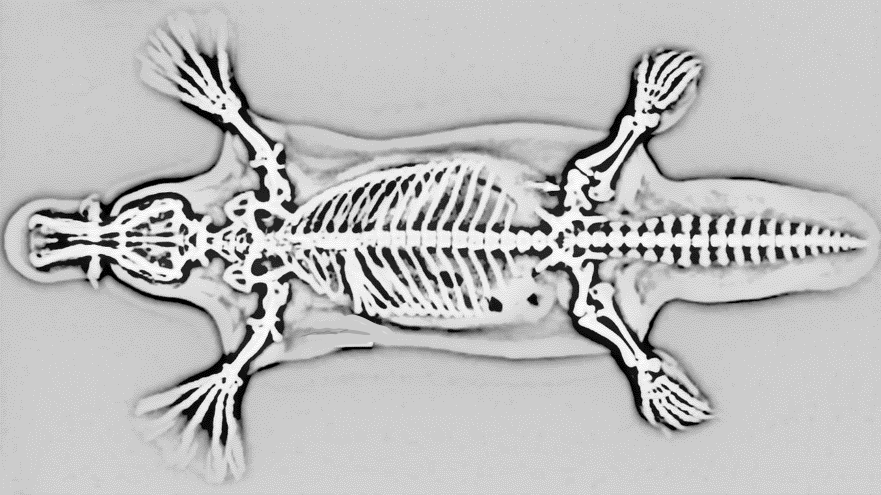
From script by Lou Cripps
What’s the responsibility of Asset Management? In my mind, there’s no question.
The output from an effective Asset Management system is a better allocation of resources to physical assets. It’s all about allocating $ and people where they are most needed, and not to spend or do where that is not needed.
And that can mean only one thing. AM – the system, not the team – should be the major input to the budgeting process for asset-intensive sectors such as power. And a major input wherever there is a significant amount of budget at stake.
The Asset Management input to the budgeting process is what Penny originally called the AMP. Given that ISO 55000 didn’t quite get it, I wonder if we should now spell it out – the asset management planning process (AMPP). One integrated, co-ordinated process that looks across the whole asset base with consistent principles on which to base decisions about priorities for the medium and long term.
We should expect – hope, indeed! – that this will over time have a major impact on business budgeting. That asset-related budgets will change significantly when we have a more optimising system, to make better use of information and plan further into the future.
The focus is not individual decisions, but the wider decision processes.
- What are the priorities for asset renewals, that is major work to replace or refurbish assets?
- What is the appropriate level of planned maintenance to optimise cost, risk and performance?
- Given the current state of the asset base, what is a realistic level of allocation to reactive work going forward?
- How do any growth or new assets fit within the overall strategy (and how important are they in relation to sustaining the assets/ services we already have)?
And this is not planning just about the physical assets. Both the money and the resources have to be considered: there is little point in arguing for money if there is not also a realistic plan for the people to deliver the work.
If we agree this is what Asset Management has to deliver, that also tells us what the main job of a dedicated AM function is and its key relationships with other functions. We can work through what kind of skills and capabilities we require, and where AM sits in the organisation.
It’s why I don’t consider Asset Management in any sense a sub-branch of Engineering – or the capabilities what we teach on current engineering degrees. It’s also not Finance, or HR, or Procurement, though it involves all of these.
And the bigger the amount of dollars at stake, the more vital that we do good Asset Management.
Talking Infrastructure is looking again at the AMP and the asset planning we require for future-friendly infrastructure. If you would like to be involved, contact us!

Just a reflection on our own institutions.
I have been involved with the IAM on and off for almost 25 years. I attended Asset Management Council meetings and conferences (under different names) when I lived and worked in Australia in the 2000s. I have been impressed by the IPWEA since someone brought back a copy of the IIMM to the UK around 2001. My boss was instrumental in setting up the GFMAM.
These are just the most obvious AM institutions. (But shout out to Canadian AM networking here, too.)
They have not always been particularly friendly to each other, but at roughly 30 years old at their oldest, we seem to have developed some institutional maturity.
I was heartened to realise that, for all its limits – well delineated by Richard Edwards and others at the recent IAM UK conference – the revisions and new ISO 55000 documents involved hugely more people this time around.
The IAM itself has grown and now functions in more European and Asian countries, as well as succeeding in the USA; it has a truly excellent CEO in Ursula Bryan. I love the IPWEA ‘Ask Your Mates’, the kind of practical support we need from out networking.
But perhaps the best sign of all was a workshop last month on ‘Peak Infrastructure?’. A room full of Asset Managers asking what infrastructure we really need. And how there is work still to be done to make a lasting difference. Changing national government policies not to incentivise (or give in to developers and construction companies) building new when we can maintain what we have.
All physical assets come at a cost, often a very steep one in impact on the environment and communities. We have to take the lead to make sure we understand costs versus benefits.
That’s the real question when we get together as Asset Managers.
*IAM: Institute of Asset Management, HQ in UK. IPWEA: Institute of Public Works Engineering Australasia. GFMAM: Global Forum on Maintenance and Asset Management, established by the IAM, Asset Management Council and others. Asset Management Council in Australia. Canadian Network of Asset Managers, plus Provincial AM networks such as AMBC and AMOntario.
Or, making sure we always ask who truly benefits by a new infrastructure project.

Infrastructure investment always attracts several groups with particular interest in the projects themselves.
There are the construction companies where it is all upside (work for them) and no cost, at least to them. They probably won’t even be around when the assets are in use.
There are internal project engineers who want cool things to build, whose interest in the assets once constructed can be minimal. That is to say, they don’t necessarily worry about handover of as-builts or how well the assets work after ten years. Their job is to do shiny news things!
And of course there are developers, whose interest extends to how much they can exploit the infrastructure – and with a long, long history of lobbying to the point of corruption.
I am not sure if the people who fund it always think about this. Assuming, of course, they have not already been captured by the lobbying and mindsets of construction companies and developers.
A lot of people like to see money invested in their neighbourhoods, at least until the construction noises start.
So, wearily, we have to take this on as infrastructure Asset Managers and stewards.
Like mad-eyed prophets calling out in the wilderness, and not necessarily honoured in our own country, nobody maybe wants to hear: Cui Bono?
At an event organized by Women in Asset Management North America for Infrastructure Week USA in May, several of us explored how we develop future Asset Management practitioners. And not just through formal college courses, but also engaging high school students in infrastructure.
With Lou Cripps of Talking Infrastructure and three leading women US Asset Managers – Amy Lindblom, Mildred Chua and Katty Fleming – we also included a draft ethics statement for discussion.
- We are managing the assets on behalf of our communities as well as our organizations, not assets for their own sake, and certainly not for ours
- We take responsibility for continuously developing the knowledge and skills to manage the assets well
- We recognize our dependence on other skills and experience, especially from those people who work directly with the physical assets
- Our communities and organizations depend on us to take the longer view, the bigger picture, the system-wide view, and to ask hard questions about the implications of what we decide to do and not do to the assets
- We need to consider all the unintended costs and risks across time of decisions
- This requires both honesty about past performance and our current processes, and the ability to understand what the data can (and cannot) tell us, through good analysis
- We need, above all, to face honestly who benefits and who does not from our infrastructure decisions
What do you think? Would you sign?
NB I do not know why North America has so many preeminent women in thought leadership roles in Asset Management, I am just glad it does.

Jos van Ouwerkerk, pexels.com
People like us who are responsible for managing public infrastructure assets always leave a legacy. Good or bad, that depends on how well we do our jobs now.
Famously politicians, along with billionaires, are attracted to the idea of a shiny new asset with their name on it. They see themselves remembered and honoured every time anyone drives down a road named for them. But this is often not true.
Firstly, if the road is poorly designed and badly maintained, no-one will be honouring your memory.
Secondly, if this puts the community into long-term debt, or wrecks other community benefits such as a stream or potential for other services – anything that will prevent them from doing what is needed in future: this is a poor legacy. Even if not everyone remembers it was your doing, they will not think kindly about whoever was responsible for such short-sightedness.
Thirdly, by definition, it is a poor public servant who puts their own ego against the needs of their community.
What would be a good legacy?
What would you like to leave for future generations?

Photo by Marcus Spiske, from unsplash.com
‘I wish it need not have happened in my time,’ said Frodo.
‘So do I,’ said Gandalf, ‘and so do all who live to see such times. But that is not for them to decide. All we have to decide is what to do with the time that is given us.’*
What do envy and the attitudes of some people responsible for infrastructure at this time have in common?
Wishing things were different, instead of getting down and actively working to change things.
This was prompted by a conversation last week with an Asset Manager struggling to get their executive to stop moaning about how unlucky it all is, and start planning for what’s going to be needed going forward from Covid-19. People paid a goodly amount of money to take responsibility, who instead are acting like victims: everything would have been ok, if only….
Wanting the world on your own terms is not a strategy. Managing assets is for life, not just for Christmas, not just the good times.
It made me think again how vital the principle of honesty is for good infrastructure management. Chris Lloyd and Charles Johnson in their Seven Revelations of Asset Management (Assets, May 2014) put it like this: Asset Management demands openness about past performance. We have to face up to what’s gone on before, how well (or how badly) the assets are doing.
But we also have to honestly face up to change – even when it looks calamitous. That is what responsibility means.
Even discussing the deadly sins soon comes round to Asset Management!
The serious point is how we build up that sense of responsibility, in ourselves and in top management, to do our level best with what we have taken on. To commit to be better informed, better trained, to learn from best practice and to live it.
No-one forces anyone else to involve themselves in crucial infrastructure. You do not have to apply to be CEO of a public service, or run for election to the Council – but, having made that choice, it’s not a cushy number.
*J.R.R. Tolkien, The Fellowship of the Ring

Recent Comments